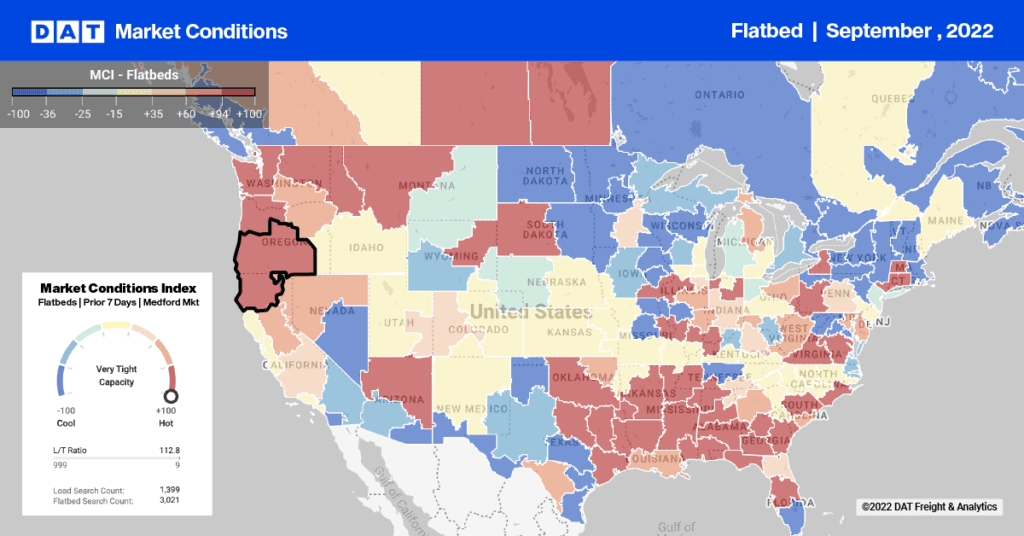This year’s truckload spot market rates have fallen well short of the heights set in 2018, but it’s a different story for contract freight. For the first half of 2019, contract rates were 3% higher than in 2018. Reefer rates increased the most, followed by vans and then flatbeds.
The second half of the year may disappoint the same carriers who are enjoying their current contract terms, however. By the end of the year, expect rates to stabilize at last year’s levels, as shippers press for lower prices in the upcoming procurement cycle.
Meanwhile, spot rates have declined steadily since last June, with seasonal variations. Contract rates typically follow spot market trends, because many shippers will divert freight to the least expensive mode, and the spot market has a pricing advantage. In fact, spot market vans are price-competitive with domestic rail intermodal when you compare a 53-foot van trailer to a shipping container of the same size.

Concerns for second half of 2019
Year-over-year comparisons will be tougher for contract rates in the second half of the year, as truckload pricing rose sharply in the third and fourth quarters of 2018. Spot rates actually went in the other direction — rising sharply from the second half of 2017 through early July 2018, then dropping lower in each consecutive month.
Overall freight volume has been steady, although the flatbed segment is much softer than it was last year, despite higher contract rates. Flatbed traffic is a bellwether for all freight transportation because it’s tied to industries like energy and construction, which generate a lot of loads.The lull in flatbeds is causing some analysts to turn bearish.

There are other reasons for concern about freight rates and volumes in the second half of 2019. Continued uncertainty surrounding trade, especially with China, has almost every shipper struggling to replace key suppliers and customers or to retain them at tariff-inflated prices.
The weather has also been a big factor this year, with persistent storms, floods, and tornadoes closing down highways, ruining crops, and disrupting supply chains across the continent. The next six months could be equally difficult, as hurricane season kicks into high gear.
Find loads, trucks and lane-by-lane rate information in DAT load boards, including rates from DAT RateView.


